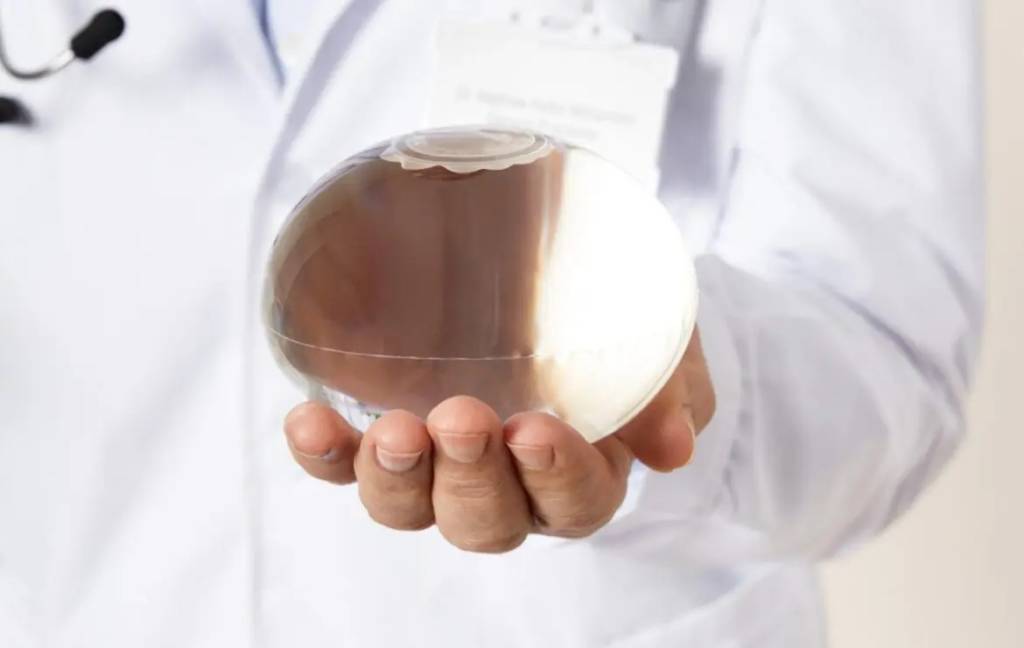A filled intragastric (intragastric) balloon occupies the internal volume of the stomach and leaves less space for food (about 100 ml). After eating a small portion, the brain receives a signal of satiety.
The number of calories consumed is reduced to the lower physiological norm. The procedure is reversible – after reaching the goals of treatment, the balloon is removed (in order to prevent wear of the walls under the action of gastric juice – after 6 months).
If necessary, 2 months after the removal of the old balloon, you can put a new one.
The effectiveness of the installation of the balloon in the stomach:
In the first six months after the procedure, patients lose up to 40 kg (15-20 kg on average), excess weight is reduced by an average of 45%, and BMI is reduced by 5 units.
The risks of obesity-related pathologies – diabetes mellitus, joint destruction and premature death due to secondary heart attacks and strokes – are reduced.
Promotes the regression of obesity-associated metabolic disorders and cardiovascular pathologies.
Benefits of gastric ballooning:

• It is carried out without incisions – access through the mouth and esophagus.
• Does not violate the physiology of the digestive tract and does not reduce the absorption of nutrients.
• Allows you to avoid relatively more difficult bariatric operations – such as suturing the stomach.
• The result of the procedure is based on natural reflex reactions, therefore it does not require volitional efforts from the patient. It is aimed at normalizing eating behavior – a person gets used to eating in small portions.
• It is not accompanied by anesthetic and surgical risks.
• May be prescribed to patients with contraindications to bariatric surgery.
The disadvantage of the method is that ballooning may be less effective for weight loss compared to bariatric surgery.
Indications for carrying out:
• BMI = 30-35, up to 40 (in the presence of secondary pathologies requiring treatment – from 27).
• Failure of other treatments for obesity.
• Contraindications to other bariatric procedures.
• Inability to perform bariatric surgery due to extremely high weight – in order to reduce it.
Contraindications:
• BMI ≤ 30.
• Anatomical restrictions due to previous surgeries.
• Acute pathologies of the gastrointestinal tract – esophagitis, ulcers, Crohn’s disease, oncology.
• High risk of gastric bleeding – varicose veins of the esophagus or stomach, telangiectasia, stenosis, etc.
• Hernia of the esophageal opening of the diaphragm.
• Diverticula and strictures of the esophagus and pharynx.
• Severe diseases of the kidneys, liver, lungs.
• Contraindications for gastroscopy.
• Alcoholism, drug addiction, mental disorders.
• Low discipline.
• Taking anticoagulants or steroids.
• Pregnancy and lactation.
• Age up to 18 years.
Preparation for the installation of an intragastric balloon
Before endoscopic manipulation, the patient undergoes a comprehensive diagnostic examination to exclude contraindications. It includes:
• blood tests – clinical, for sugar, coagulation, infections;
• urinalysis – general and for sugar;
• probing of the stomach FEGDS.
How the procedure goes:
The procedure can be carried out without anesthesia, but in order to exclude the patient’s emotional experiences, he is put into a drug sleep. The balloon is placed under the control of a microvideo camera, which is inserted into the stomach through the esophagus. A medical pigment is added to saline for timely control of leaks. The solution is injected with a syringe through a probe. Upon reaching the desired volume, the valve is closed, the probe is removed. The duration of the procedure is up to 30 minutes.
Recovery period:
At the request of the patient, he can leave the hospital after 2 hours. However, it is recommended to spend the first night in the hospital. To stop the attacks of nausea and vomiting, the patient is administered antiemetic drugs.
In the first 3-4 days, a feeling of discomfort is possible, then the body adapts, and it passes.
During this time, a semi-liquid pureed food is recommended. Eat and drink slowly, in teaspoons. During the day, intense physical activity should be avoided. You can return to normal training after a week.

After gastric ballooning, fractional meals are recommended at least 5 times a day. High-calorie foods are excluded from the menu. The diet is based on lean meat and fish, vegetables, whole grains, vegetable oils, fruits, dairy products.
Nutrition can be ordinary, but the best results are achieved with a calorie content of the diet up to 1500 kcal per day: with a normal diet, the average weight loss in six months is up to 10 kg, with a limited one, up to 20. It is recommended to consult a nutrition specialist regularly.
Balloon removal:
As a standard, the balloon will be removed after 6 months of therapy, according to indications – in case of intolerance – it can be removed earlier. The procedure is carried out in the morning on an empty stomach.
A gastroscope and microsurgical instruments are inserted into the stomach through the esophagus. Liquid is pumped out of the cylinder through the valve. Then the empty bag is removed with a special clip along with the gastroscope.
After 2-3 hours the patient is discharged. After the procedure, it is not recommended to drive. The materials posted on this page are for informational purposes and are intended for educational purposes. Determining the diagnosis and choosing a treatment method remains the exclusive prerogative of your doctor!
Benefits of choosing AstraMedicaGroup
Only top qualified doctors
JCI certificated hospitals
Free COVID-19 Test before departure
4 nights in a 5-star hotel in Istanbul
Costs for laboratory, medication and equipment
Pre/post-operative tests
Free Istanbul tours
Latest technologies
Excelent travel assistance
All-round VIP transfer
Credit / Debit cards accepted
No prepayment
Personal assistants speak in English
24/7 customer service
